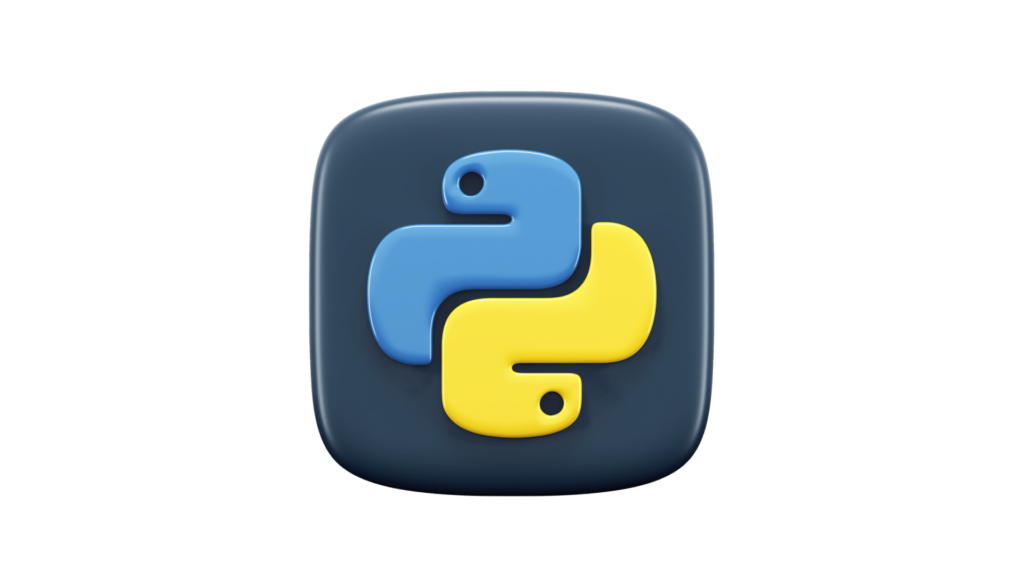So, you’re embarking on a new coding adventure and staring down the endless choices for programming languages. Let’s cut to the chase—Python is the one. Think of it as the comfortable pair of jeans that somehow looks good in any situation. Whether you’re building the next big app, crunching data, or just automating your coffee machine, Python’s got your back.

1. Readability and Simplicity: Code That’s Easy on the Eyes
- Python’s syntax is clear and easy to understand, which makes the code more readable and maintainable. This simplicity reduces the learning curve for beginners and enables experienced developers to write code more efficiently.
2. Versatility: One Language, Endless Possibilities
Python is a general-purpose language that supports multiple programming paradigms, including procedural, object-oriented, and functional programming. This versatility allows it to be used for a wide range of applications, such as web development, data science, machine learning, automation, and more.
3. Large Standard Library: Tools at Your Fingertips
Python comes with a vast standard library that includes modules and packages for handling everything from file I/O and regular expressions to web services and data manipulation. This reduces the need for writing code from scratch and speeds up development.
4. Strong Community Support: Help is Always Available
- Python has a large and active community, which means that you can find plenty of resources, tutorials, and libraries for almost anything you want to do. If you encounter issues, you’re likely to find solutions quickly through community forums or documentation.
5. Extensive Ecosystem of Libraries and Frameworks
- Python boasts an extensive ecosystem of third-party libraries and frameworks that cater to various domains. For instance:
- Data Science and Machine Learning: Libraries like NumPy, pandas, TensorFlow, and PyTorch.
- Web Development: Frameworks like Django and Flask.
- Automation and Scripting: Tools like Selenium, requests, and BeautifulSoup.
- This ecosystem allows you to leverage existing solutions, saving time and effort in development.
6. Cross-Platform Compatibility: Code Once, Run Anywhere
- Python is cross-platform, meaning that it can run on various operating systems, including Windows, macOS, and Linux, without requiring any changes to the code. This makes it easier to develop and deploy applications across different environments.
7. Rapid Prototyping: From Idea to Execution Fast
- Python’s simplicity and the availability of high-level libraries make it an excellent choice for rapid prototyping. Developers can quickly build a proof-of-concept and iterate over it, speeding up the development process.
8. Growing Demand and Job Market: Python Developers are in Demand
- Python’s popularity has translated into a growing demand for Python developers in the job market. Whether you’re working on personal projects or seeking a career in software development, Python skills are highly valuable.
9. Integration Capabilities: Plays Well with Others
- Python can easily integrate with other languages and technologies. For example, you can use Python for scripting in applications written in C/C++ or connect to Java-based applications using Jython. It also has strong support for RESTful services and APIs, making it a good choice for web services.
10. Continuous Improvement and Updates: A Language That Evolves
- Python is actively maintained and continuously improved by the Python Software Foundation and the global community. The language regularly receives updates that introduce new features, optimizations, and security enhancements.
The Bottom Line: Why Python is the Ultimate Coding Tool
In the end, choosing Python is like finding that one tool that does it all. It’s easy to learn, powerful, and backed by a community that’s as passionate as you are. Whether you’re prototyping the next big thing or scaling up an existing project, Python makes the process smoother, faster, and a lot more enjoyable. So, why settle for anything less? Jump on the Python train and code with confidence.



